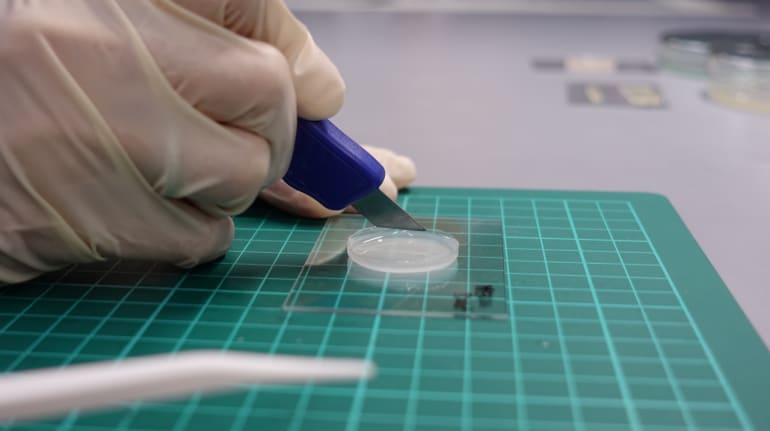



An “invisibility cloak”, popularised by Harry Potter, designed to hide its user from security cameras has been discovered by students in China’s Wuhan University.
The InvisDefense can apparently hide you from artificial intelligence monitored security cameras and can work in the day as well as night. The product is low cost won first prize in a contest sponsored by Huawei Technologies.
How does the coat work?The coat uses a pattern to blind the cameras when used in the day, while at night it emits unusual heat signals to confuse infrared cameras, The Independent reported.
While the coat doesn’t make you disappear from the naked eye, human monitored cameras too can easily detect wearers of the coat. It may potentially confuse some of the detection systems used in self-driving cars but human drivers will, obviously, be able to see the wearer of the coat.
PricingWei Hui, the PhD student at Wuhan University who created the algorithm that generated the coat’s pattern, says the estimated cost to make the coat is approximately $72.
Will not make you invisibleProfessor Wang Zheng from Wuhan University’s school of computer science, who oversaw the invention, says the coat will allow the camera to click a picture of the wearer but cannot detect if you are human.
“Nowadays, many surveillance devices can detect human bodies. Cameras on the road have pedestrian detection functions and smart cars can identify pedestrians, roads and obstacles. Our Invisdefense allows the camera to capture you, but it cannot tell if you are human,” he told the South China Morning Post.
Potential usesProfessor Wang said the invention could be useful for stealth military uniforms to evade detection from drones or AI-controlled units.
The algorithm can also be useful for studying AI and pointing out the loopholes.
Discover the latest Business News, Sensex, and Nifty updates. Obtain Personal Finance insights, tax queries, and expert opinions on Moneycontrol or download the Moneycontrol App to stay updated!
Find the best of Al News in one place, specially curated for you every weekend.
Stay on top of the latest tech trends and biggest startup news.